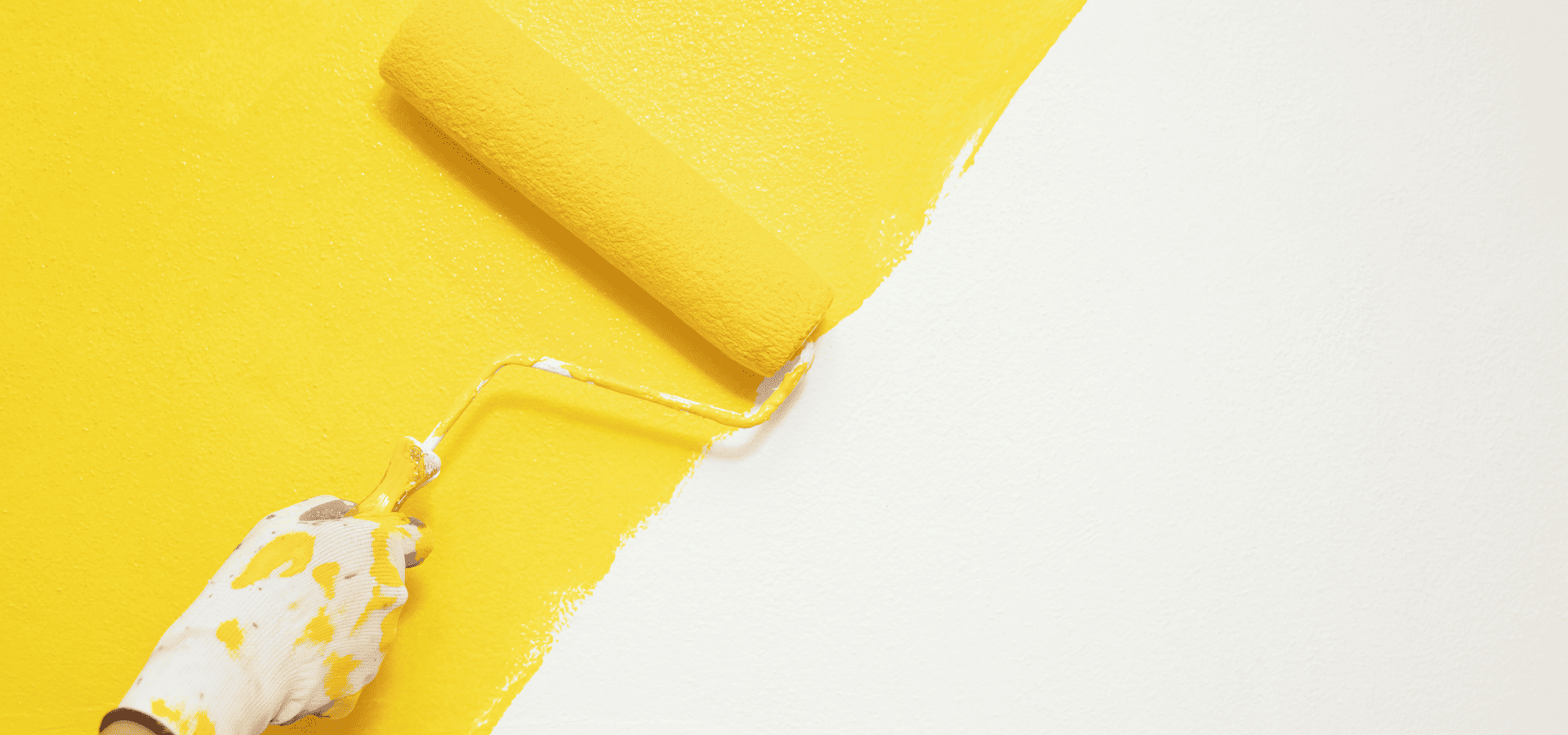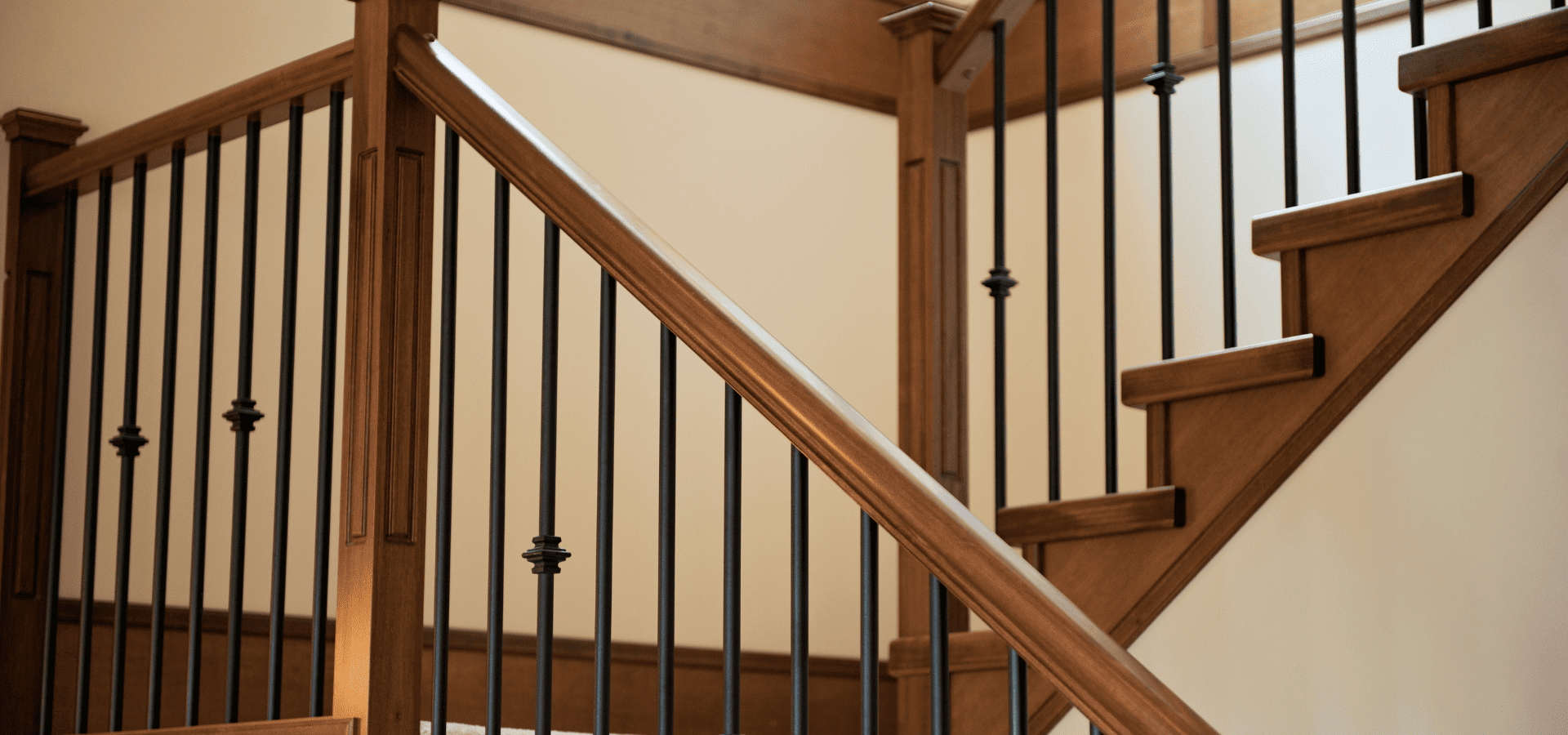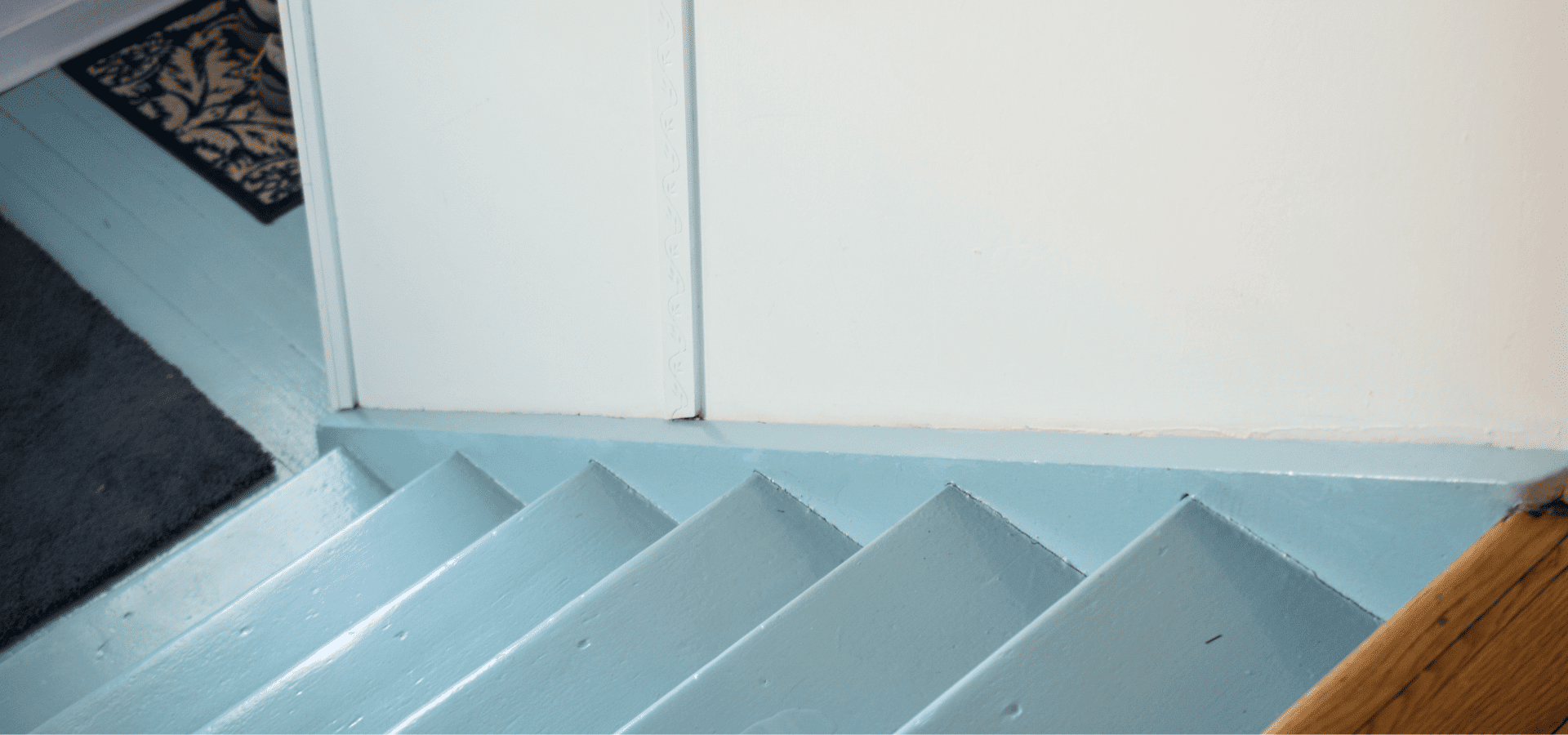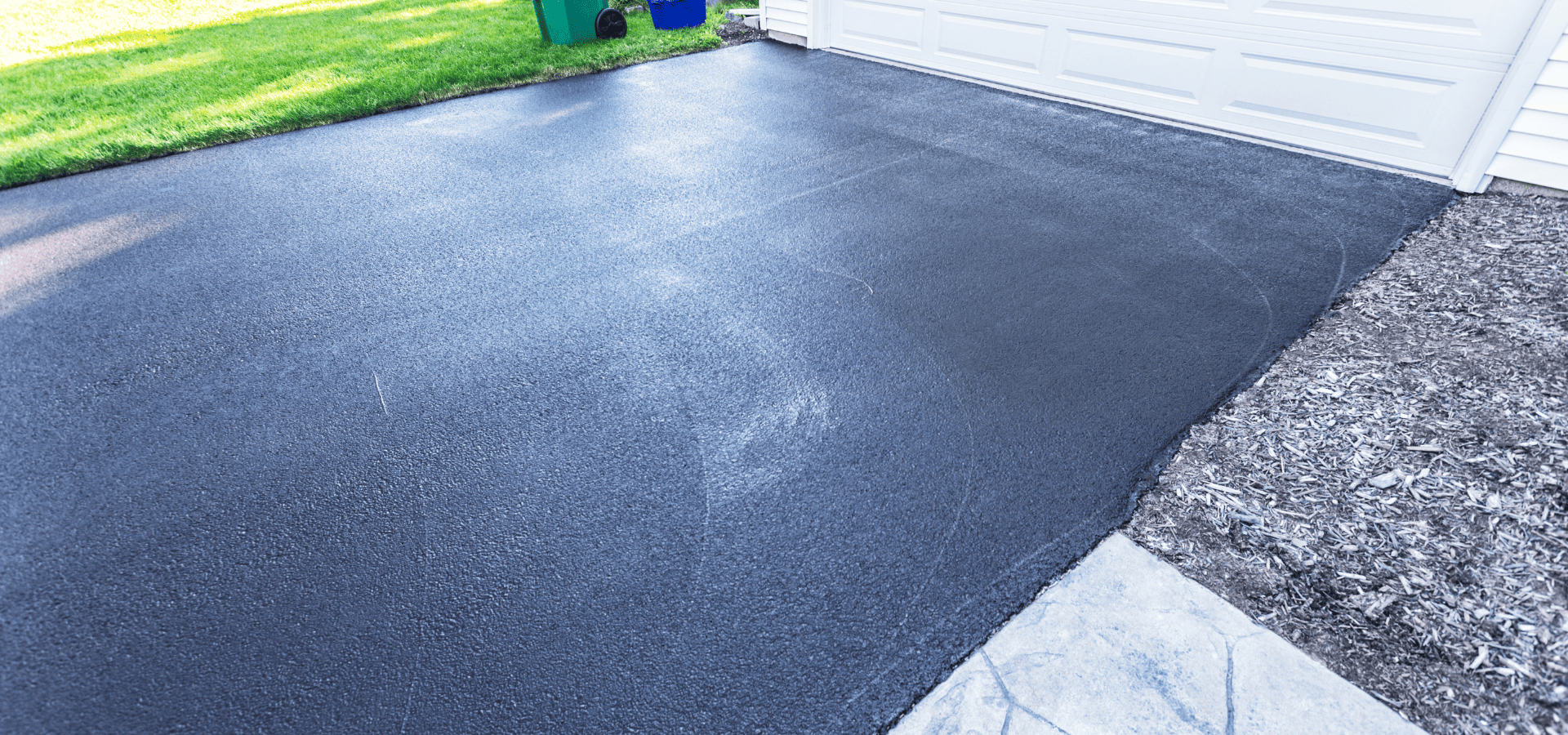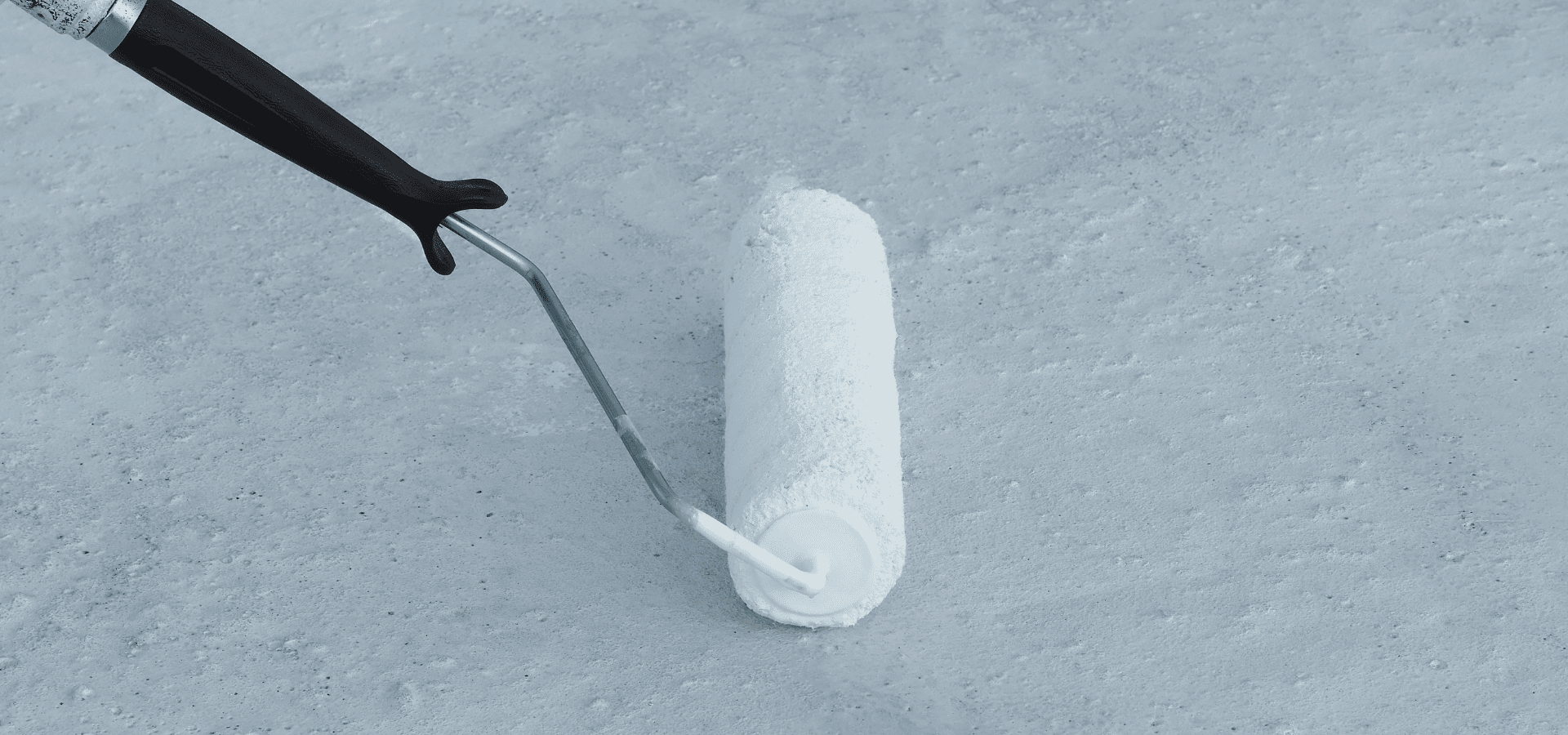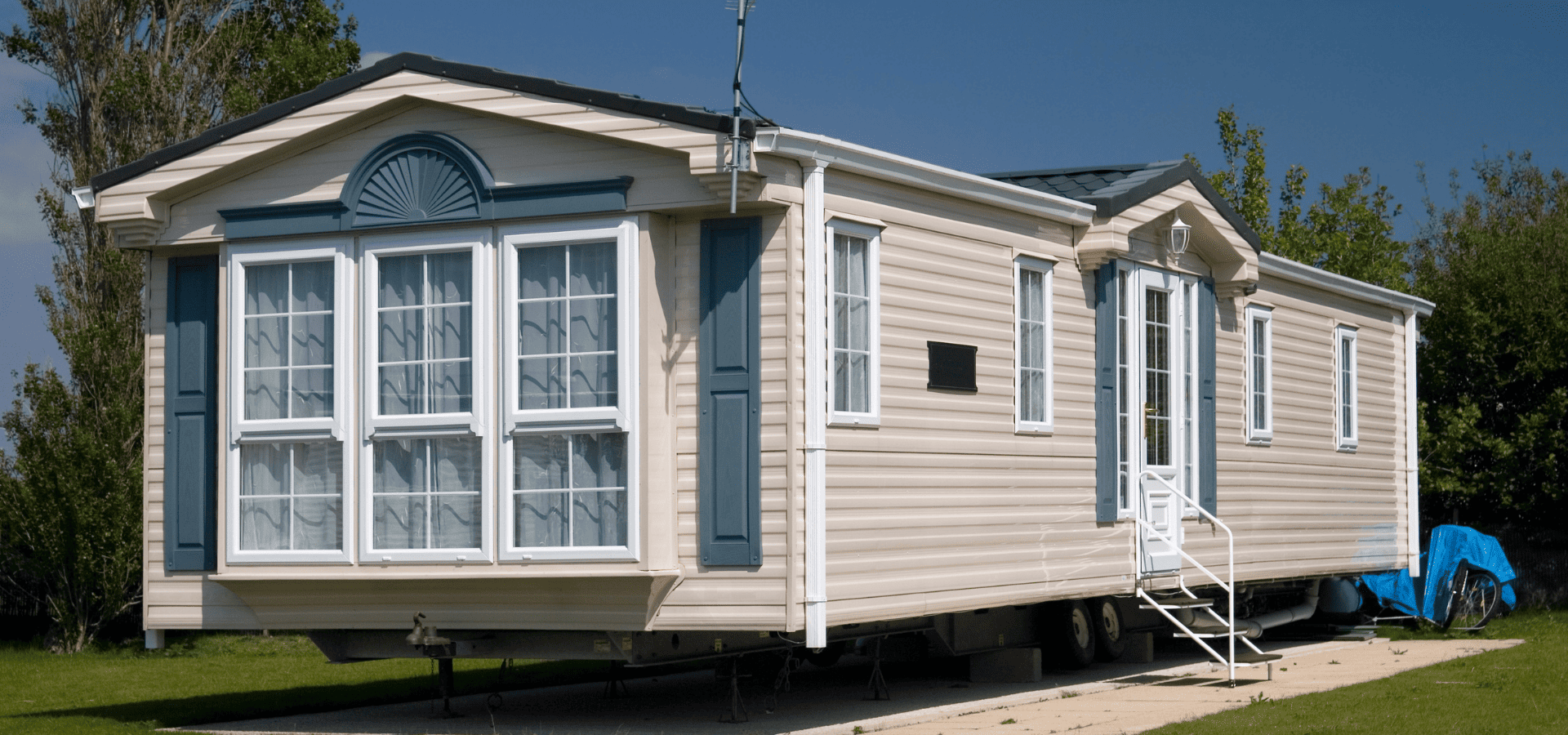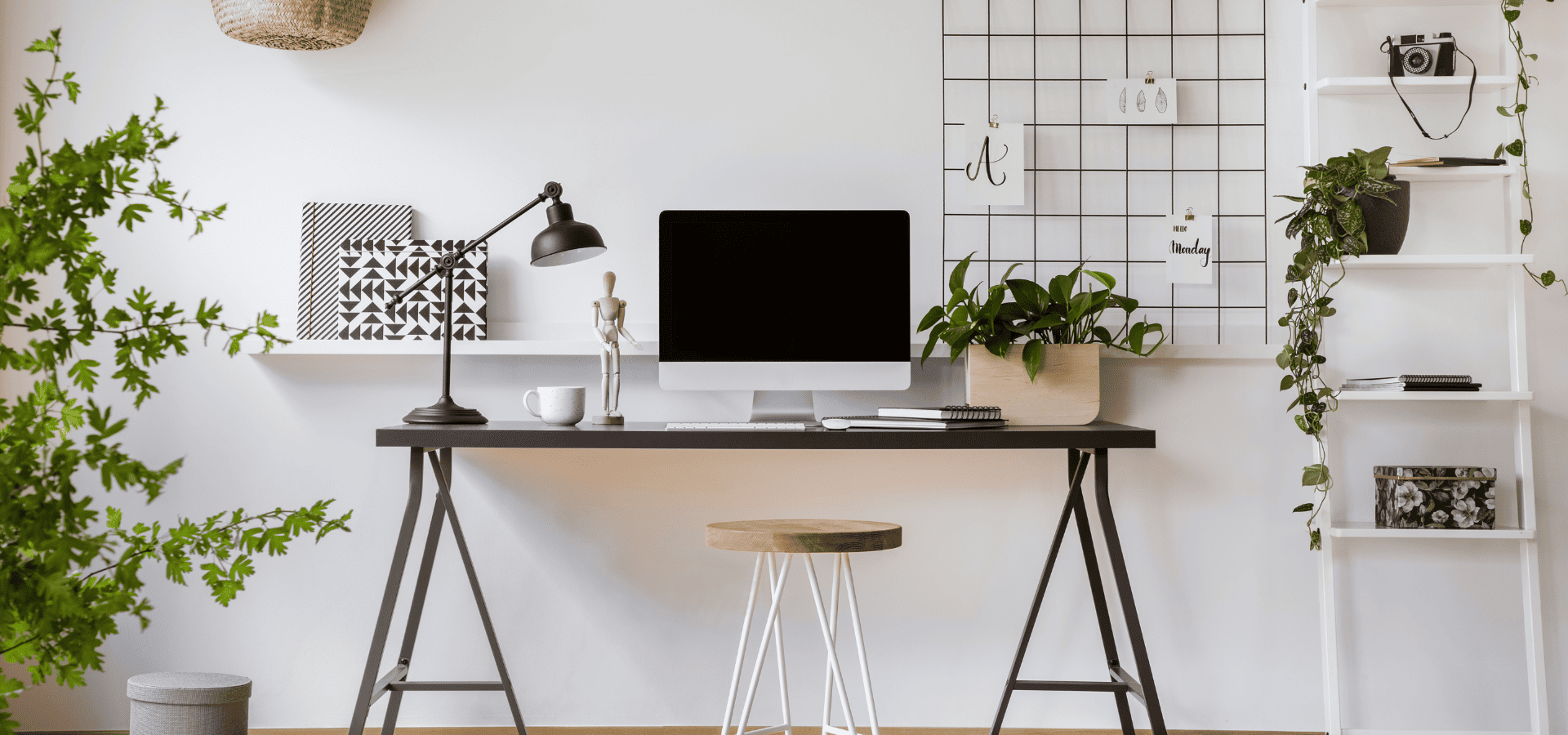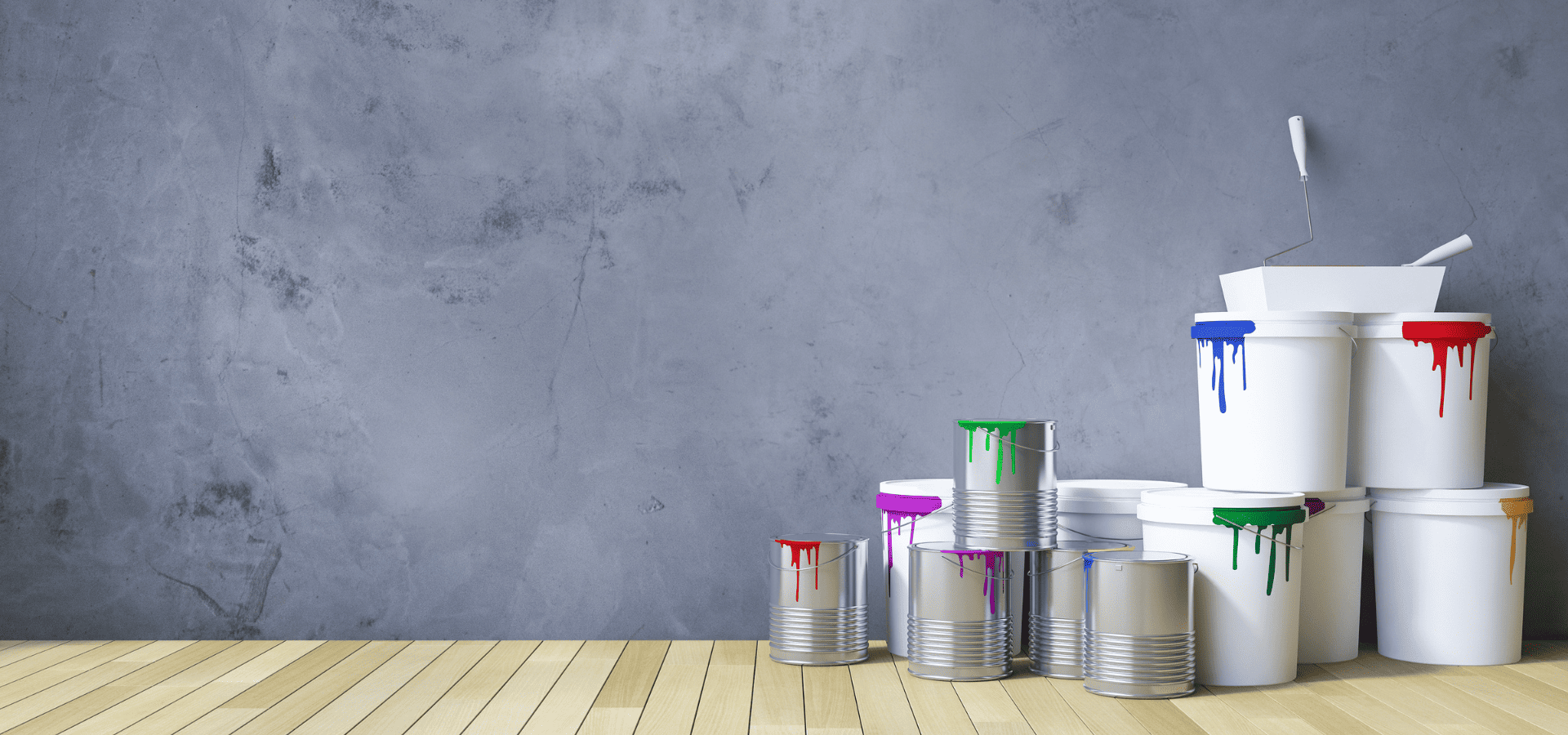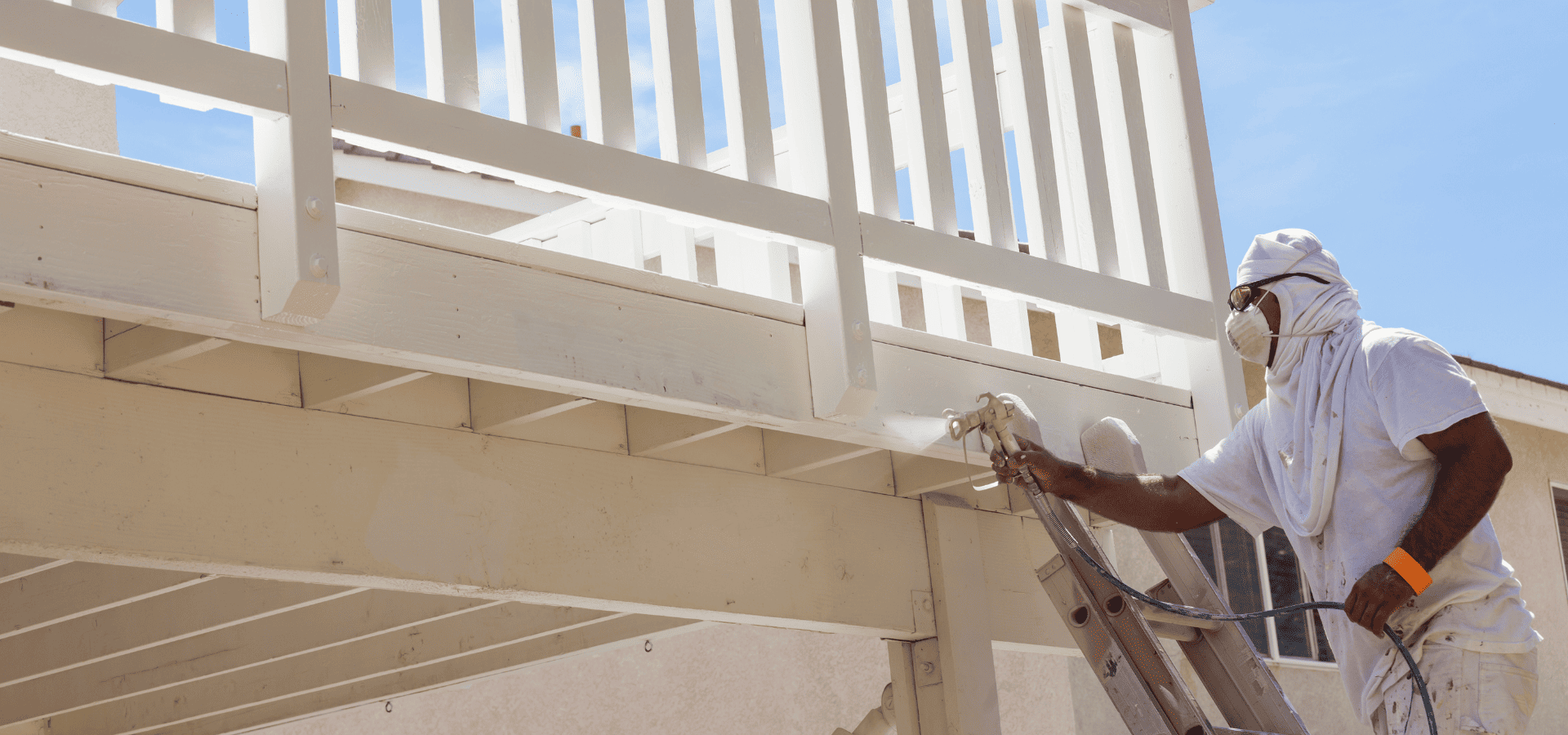What To Look Out For When Hiring A Professional House Painter In Raleigh

Looking to hire a professional house painter in Raleigh, NC, but not sure how to find a good one?
Whenever you're engaging a painting company or any sort of contractor, doing your due diligence is crucial to ensuring you find a solid contractor.
It's not just about whether they can get the work done well. A good contractor should have the necessary credentials, be willing to back up their work with a warranty, and take care of your property while carrying out the job.
Doing the necessary research may feel slightly tedious, and is definitely more effort and time spent on your part, but you need to be meticulous when vetting contractors.
Otherwise, you could be stuck with peeling paint and no warranty to fall back on. Or if you end up hiring a painter who isn't registered or insured, there's nothing protecting you when things go wrong.
Sounds scary?
Great! Then you should be ready to do your research.
Here are the things to look out for when engaging a house painting contractor in Raleigh, NC.
1. Registration And Insurance
Since painting is typically only cosmetic, there isn't much risk or danger of structural damage or people getting hurt from sharp tools.
As such, painting projects generally have less strict regulations than larger and more expensive projects like bathroom remodeling and roofing.
Licenses are also usually not required unless the size of the job is more than $40,000, and permits aren't required either way as long as the project scope is just painting.
Having said that, it's still important to ensure that your contractor is
registered as a business in North Carolina. You can verify this by doing a search on the
NC Secretary of State’s website.
Type in the company or painter’s name, and the status should be “Active”. That means the business is legally recognized by the state of NC, is current on its filing and fees, and is authorized to operate in North Carolina.
It also means that you can hold them accountable and pursue legal recourse if things go awry.
Another important box to check is whether the contractor is
insured. Specifically, the contractor or company should have general liability insurance, as well as workers’ compensation insurance if they have a team.
General liability insurance covers third-party bodily injury, property damage, and legal liability.
This doesn’t mean they can act as they wish and be protected from legal damage, or can get away with intentionally damaging your property or others.
General liability insurance only covers the above-mentioned areas if it was unintentional, eg someone trips over their materials, or the contractor spills paint on your hardwood floor, or if you sue them as a result of their unintentional mistake.
It doesn’t cover poor workmanship or damage to their own tools, or if their own workers get injured on the job. That’s covered by the other insurance we mentioned — workers’ compensation insurance.
Workers’ compensation insurance ensures that if a crew member gets injured on your property, such as if they fall off the ladder, the responsibility doesn’t fall on you.
Without either of these insurances, you could be in a lot of trouble if things go wrong.
Even though those damages should rightfully fall to your contractor, if they don’t have insurance, and they refuse to cover damages, you’ll end up having to bear it all.
You could take legal action, but that’s an expensive route even if you win.
Or worse, they could even turn around and sue you if their workers get injured on your property, claiming unsafe conditions.
So always request to see the Certificate of Insurance for general liability insurance and workers’ compensation insurance if they have a team, and check that they’re current and valid.
2. Warranties

Larger companies will usually offer warranties, but smaller, independent companies may not unless you ask.
Either way, you need to check and ensure that a warranty is included, and that it's written down in the contract.
If it's not in writing, but they only verbally mention that they do offer a warranty, it's essentially worthless, because with nothing written down, they don't have to honor it.
The two types of warranty you need are a manufacturer’s warranty and a workmanship warranty.
The manufacturer’s warranty covers the quality of the paint, which means if it peels, fades, or cracks prematurely even with proper application, the manufacturer should compensate you for it.
Note that it's only valid if the paint was properly applied according to the specifications though.
Manufacturer’s warranties should be between 10 and 25 years, depending on the price point and the brand.
While you would expect manufacturer warranties to be a given, they're actually not. Larger brands offer them in most cases, but smaller paint brands tend to either not offer warranties or have very narrow coverages, with strict conditions that make it difficult to claim the warranty.
As such, it's important to check and make sure that your contractor's paint is backed up by a solid manufacturer’s warranty.
Once you've made sure of that, the next warranty to check for is the workmanship warranty.
A reasonable workmanship warranty is 2-3 years. If nothing went wrong during this time, it likely means the painter did a good job. And if there are issues like peeling paint or bubbling after 2-3 years, that’s usually not a sign of poor workmanship, but other issues.
There are exceptions, but in general, if the issues were due to poor workmanship, they would have surfaced within the first 1-2 years.
So in most cases, a workmanship warranty of 2-3 years should suffice.
3. Reputation And Reviews

This probably goes without saying, but you’ll want to hire contractors who have a good reputation.
Registration, insurance, and warranties still come first, because without those, even the most reputable companies become risky gambles.
But after those, the next most important thing to look at is the company’s reputation and reviews.
You don’t need to only go for companies with hundreds of 5-star reviews. Sure that would be nice to have, but it’s definitely not a must. As long as there’s a decent number of good reviews on a business’s Google Business Profile, you can safely assume they will do a pretty good job.
Engaging the services of a company with only a few dozen 5-star reviews will also likely be more affordable than engaging the services of an established one with hundreds.
Just don’t opt for shady companies with zero or only a single 5-star review, even if they offer very attractive prices. You could possibly be getting an excellent paint job at a steal, but you could also be getting a shoddy paint job that leaves your property even uglier than before the paint job.
Don’t play Russian Roulette with your home. Opt for at least slightly established contractors.
If a business doesn’t have a lot of Google Business Profile reviews, you can also look at their Facebook page, Yelp listing, or even in your local forums to gather more reviews and form a better idea of their track record and trustworthiness.
4. Local Expertise In Raleigh, NC
It’s always better to have someone who knows the local climate and knows how to adapt their paint and preparation to the local conditions, but in Raleigh, NC, this is especially important.
Raleigh’s hot, humid summers and unpredictable storms exert more stress on your painted surfaces, so it’s essential that your painter knows how to ensure the paint job can withstand this stress.
Someone with local expertise will also know the local regulations and trends, which means they can make recommendations that are attractive and appropriate for your area. This can be very helpful if you intend to eventually sell your home.
To determine whether a painter is local, the first step is to check for their business location. They should either be based in Raleigh or the areas in close proximity to Raleigh, such as Cary, Apex, and Durham.
Next, you’ll want to verify that they actually have experience painting properties in Raleigh, and that their customers were satisfied. You can check this by either asking for references or looking through their business reviews.
Finally, just for that extra bit of assurance, when you actually speak with them, ask questions that only a truly local painter would know, and see how they reply.
For example, you could ask them what limitations your HOA has on paint finishes or colors, or what specific styles are preferred in your neighborhood.
You can skip this step if you’ve already seen tons of good reviews about their completed works in Raleigh, but if you just want that little bit more assurance for your own peace of mind, these questions offer one last layer of reassurance before you sign the contract.
5. Get A Thorough Written Estimate
The more things are officially written down, the better. This gives you more protection and will serve as proof to back up your claims if things go south and you need to take legal action, or even just verbally negotiate with the painter.
As such, you need to make sure that the estimate is detailed and breaks down exactly what you’re paying for. A lot of times, homeowners only look at the price before signing the contract, because once they’re happy with the price, everything else is secondary.
But this opens the door to issues like not enough coatings, poor preparation, and even unpainted surfaces.
The estimate should clearly break down:
- Surfaces to be painted: This should detail which walls, doors, and trim need to be painted, and whether the ceiling or floor is included. This protects you from the painter later leaving out certain surfaces that were supposed to be painted.
- Number of coats and type of paint used: This is a critical detail to have, because if it’s not specified, the contractor could simply paint a single coat and say the job was completed, or use low-quality paint.
- Prep work involved: It’s also important to spell out what the prep involves, because certain types of surfaces or older surfaces may require more preparation. This could even entail drywall repair, which is no small sum, so it’s crucial that you know what’s included in the surface preparation.
- Projected timeline and payment schedule: Lastly, you don’t want a contractor who takes weeks to finish a simple job, or even worse, drags on with no end in sight. Neither do you want to be surprised with a huge upfront payment before the job even begins, as payments should be made progressively throughout key stages of the project. That’s why the projected timeline and payment schedule need to be clearly defined in the estimate.
These are important details to have in writing. If they aren’t included, request that they be included for both yours and the painter’s protection.
Documenting these also means you can refer back to them if you or the contractor forgets any details, so there won’t be any areas of confusion later on.
6. Consider Additional Services

Painting isn’t always as simple as just painting. In many cases, the surfaces are cracked, warped, or have mold or some other kind of issue on them.
This is when minor services are needed, such as drywall repair, trim replacement, and so on.
You may or may not know beforehand that you need these services, but when they’re discovered during site inspection, a good painter will inform you of them and let you decide how to proceed. Less ethical painters may simply paint over them to quickly get the job over with though, which is why it’s of the utmost importance to perform strict quality checks.
From here, you can decide whether you want to engage a separate contractor or simply enlist the help of the painter to remedy them.
Enlisting the painter tends to be cheaper, because engaging another contractor means that contractor now needs to come down for a small job, which they’ll likely charge more for to make it worth their time and efforts.
However, you also need to check if your painting contractor actually offers those services. You can’t simply assume that they do.
Some common additional services that may be needed for a painting project include:
- Drywall repair
- Minor carpentry or trim replacement
- Mold or mildew treatment
- Wallpaper removal
- Pressure or power washing
- Deck staining or sealing
Remember, don’t just assume that the contractor can take care of these. Check beforehand, and find out how much additional it’s going to cost so that you don’t get surprised with hefty unexpected expenses. Make sure that expense gets added to the estimate too.
Ending Tips
These checks should help you to vet a potential contractor or company quite thoroughly. But if you’ve gone through all these checks and something still feels off, trust your instincts.
It could be that the painter seems a little too perfect, or maybe they offer a workmanship warranty of 10 years, or their prices just seem too good to be true.
Even if you can’t quite put your finger on it, if something feels off, chances are, your subconscious picked up on something that your conscious didn’t, and you should trust it.
And just one last time before we end off, for your own sake, don’t be lazy when doing your research and due diligence. It may be somewhat tedious, but dropping the ball here even a little can mean huge trouble and big losses later on.
Spending more time upfront will go a long way toward ensuring a smooth, stress-free, and high-quality paint job, so don’t rush the process — be as thorough as possible.
Recent Posts

